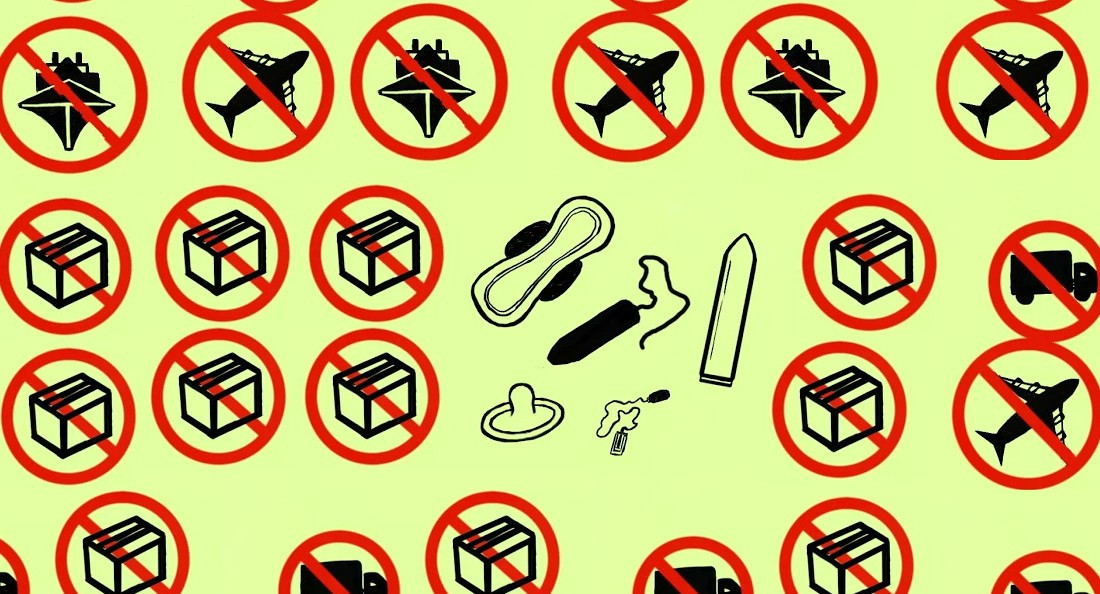Don’t ya put it in yourself
Why regulating menstrual cups is important
Menstrual cups aren’t one-size-fits-all. Countless articles weigh the size, shape and feel of the most popular models, and some writers talk about finding the “Goldilocks cup” – the one that fits just right.
But browse the “feminine hygiene” aisle in a pharmacy or visit one of the many online forums dedicated to discussing menstrual cups, and one thing quickly becomes clear: Canadians have few options available.
Until recently, the DivaCup was the only reusable menstrual cup on shelves in Canada, which means it was the only product approved for sale by Health Canada. The Lily Cup is now also sold by Canadian retailers like MEC and Well.ca.
While the lack of options can be frustrating for people looking to find their Goldilocks cup – especially when so many more choices are available south of the border – this limited selection exists for a reason, and it’s an important one.
Health Canada requires that companies selling menstrual cups hold ISO certification stating the product in question meets health and safety requirements set out by the International Organization for Standardization.
Sophie Zivku, communications manager for Diva International Inc., the company that makes and distributes the DivaCup, says this helps ensure that everything used in a menstrual cup is proven safe for the human body.
“It’s actually a really good thing that they have those in place,” she says. “I would be hesitant to try things that don’t (meet the) regulations.”
Zivku says one of the reasons why other companies’ cups might not have been approved for sale in Canada is that many include dyes, which also need to clear these regulations.
While this might seem trivial, lax rules across the border mean people who purchase and use menstrual care products sold in the United States may have no idea what they’re putting on or in their bodies.
Women’s Voices for the Earth, an organization working to raise awareness about and remove toxic chemicals from everyday products, says the Food and Drug Administration (FDA) “does not require companies to test for all harmful chemicals, nor do they require companies to disclose the presence of all chemicals used in feminine care products.”
The group claims many menstrual care products sold in the United States contain “a host of chemicals that may cause cancer, disrupt hormones or cause unnecessary allergic reactions.”
And they’re not the only ones worried.
Earlier this year, U.S. Rep. Grace Meng introduced the Menstrual Products Right to Know Act of 2017. This legislation would require menstrual product manufacturers to clearly label all the ingredients included in their products, so that the people using them actually know what they’re putting in their bodies.
And while having regulations like might seem like an obvious move, just look at how Canada treats sex toys. As of 2009, there were no rules preventing the use of bisphenol A and phthalates (which are used to make plastic soft and flexible but can be linked to hormonal complications) in “novelty products” like vibrators.
Although local consumers can order products from the United States that aren’t registered with Health Canada, it might not always be the best idea.
“Health Canada does advise consumers that the product is not legally allowed to be marketed in Canada,” Zivku says. “While they can’t track down all outside sales, (the) warnings are in place, and some sellers selling into Canada do adhere to the licensing requirement, others do not.”
So while some Canadians might not be able to find their Goldilocks cup on shelves in the country, they really should know about the potential dangers of other options before they shop elsewhere.
Danielle Doiron is still looking for her Goldilocks cup, but, for now, she’s not taking any chances with ordering anything that Health Canada hasn’t okay’d.
Published in Volume 72, Number 3 of The Uniter (September 21, 2017)







